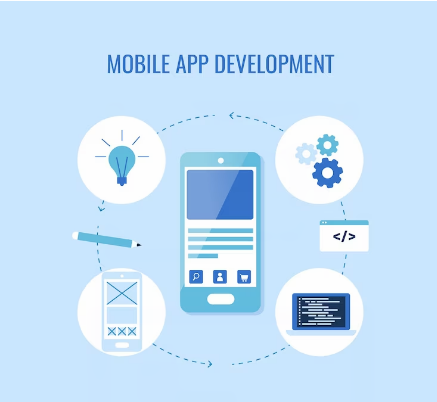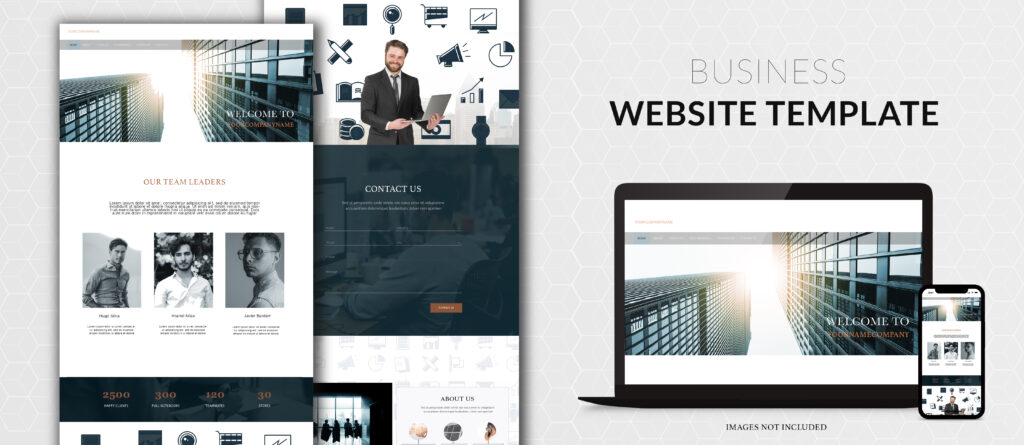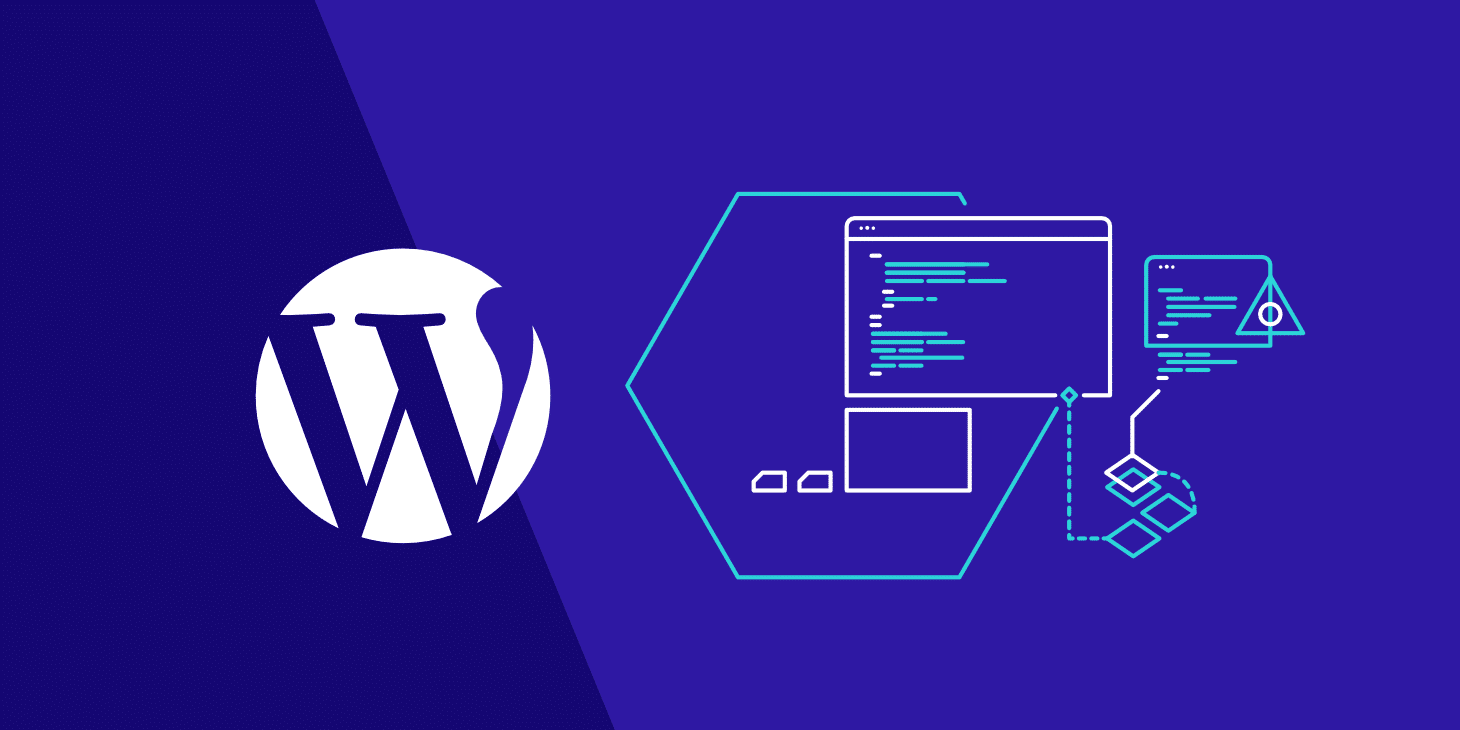In the dynamic landscape of the digital world web gateways as required tools for business companies and particular similar. These gateways to advice services and concerts have become basic elements of the latest differential infrastructure. In this article, we dig into the empire of web portal development survey its gravity key parts development action, and its reframing effect on many parts.
The digital revolt has reshaped how we depend on performance and convey. At the heart of this transformation lies web portal development offering a unified policy for customers to burst facts facility and assets. From corporate intranets to ease artisan concerts to e-commerce portals transforming online shopping events the area and irregular web egress are broad.
Understanding Web Portals:
A web portal serves as an entry that size advice from many actuals into a single interface given buyers with a merge access point. Unlike websites which typically present stable content web portals are dynamic and dependent style to converge certain buyer needs. They often factor in personified dashboard authentication mechanisms and merge with backend systems to carry out an ideal customer experience.
Key Components of Web Portal Development:
Building a successful web portal requires careful planning, design, and performance.
Key components include
1. User Interface Design:
Creating natural interfaces that magnify utility and session.
2. Backend Development:
Implementing robust backend systems to manage data, user authentication, and business logic.
3. Content Management System:
Integrating a CMS for logical content creation, issue, and management.
4. Security Measures:
Execute encryption confirmation and access control mechanisms to safeguard awareness of data.
5. Integration with Third-party Services:
Seamless integration with external APIs, databases, and services to expand functionality.
The Development Process:
Web portal development typically follows a phased approach:
1. Requirement Analysis:
Understanding the goal target audience and details need for the opening.
2. Design and Prototyping:
Creating wireframes and prototypes to envision the buyer interface and customer experience.
3. Development:
Building the portal using appropriate technologies, frameworks, and development methodologies.
4. Testing and Quality Assurance:
manage thorough testing to ensure functionality, staging, and security
5. Deployment and Maintenance:
Launching the portal and giving occurring support, reform, and rise.
Transformative Impact Across Sectors:
Web portals have revolutionized many sections including:
1. Enterprise Portals:
Empowering organizations with cluster platforms for internal presenting, teamwork, and knowledge sharing.
2. E-commerce Portals:
Reconsider online shopping experiences by offering personalized product recommendations, seamless checkout processes and save payment gateways.
3. Education Portals:
Facilitating e-learning through interactive course stuff, virtual classrooms, and student-teacher concert tools.
4. Government Portals:
Enhancing native services with portals offering access to government information, online forms, and e-government services.
The main theme of this Article:
Web portal development is not purely about creating websites it‘ i about crafting digital experiences that empower customers streamline processes and drive success. Whether it is advance collaboration within organizations or revolutionizing online commerce the potential of web portals to transform the digital landscape is massive. By clasp innovative technologies and best practices in web portal development, organizations can unlock new opportunities and stay ahead in an increasingly competitive digital world.
Our Services
Creative Animations Designing, Website Development & Designing, Software & Android Development , SEO, SMO, SEM, SMM. We are providing digital services to grow your business . Reliable and quality work is our main priority





































